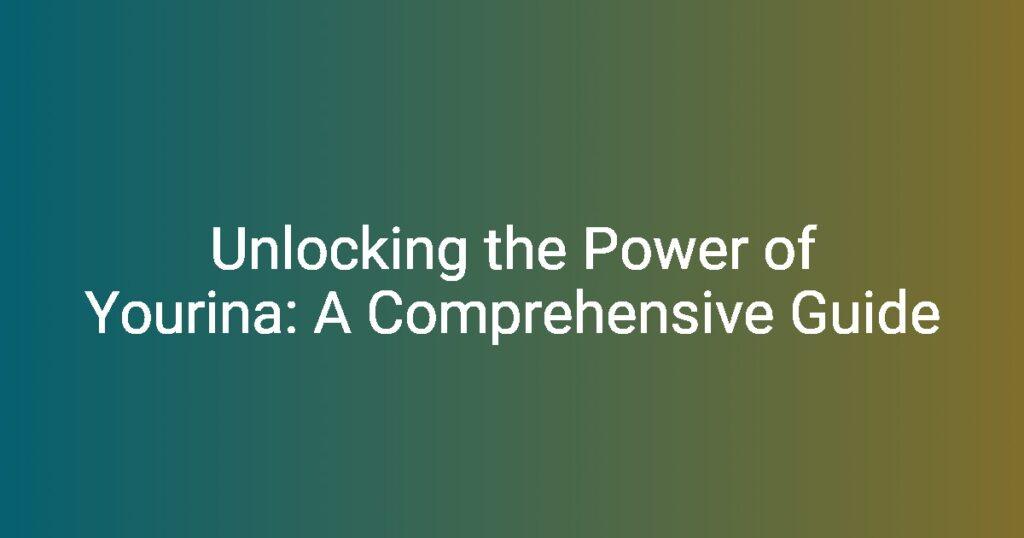Shrooms, commonly known as psychedelic mushrooms, have fascinated humanity for centuries. With their rich history in indigenous cultures for rituals and healing, they’ve recently gained considerable attention for therapeutic applications. This article, referred to as shrooms q, delves into the multifaceted world of psilocybin mushrooms, exploring their effects, safety, cultivation, and the growing societal acceptance surrounding their use.
Introduction to Shrooms
Definition of Shrooms
Shrooms are a type of fungus that contains psilocybin, a naturally occurring psychedelic compound. Among the numerous species, Psilocybe cubensis is one of the most widely recognized and cultivated due to its potency and availability. These mushrooms can induce altered states of consciousness, enabling users to experience profound changes in perception, emotion, and cognition.
Historical Context
The use of shrooms in indigenous cultures is well-documented, often serving as a tool for spiritual rites, traditional medicine, and healing practices. In Mesoamerica, for example, various tribes have consumed psychedelic mushrooms for thousands of years, integrating them into their religious and cultural frameworks. In recent times, there has been a resurgence of interest in shrooms for therapeutic uses, particularly in treating mental health conditions such as depression and anxiety, prompting a reevaluation of their potential in modern medicine.
Understanding Psilocybin
What is Psilocybin?
Psilocybin is a naturally occurring tryptamine compound found in certain mushroom species. Structurally, it is a phosphorylated form of psilocin, which is its active form in the body. When ingested, psilocybin is converted to psilocin, which interacts with serotonin receptors in the brain, primarily the 5-HT2A receptor. This interaction is responsible for the psychedelic effects that users experience.
Pharmacology of Psilocybin
The pharmacological effects of psilocybin primarily stem from its ability to bind to serotonin receptors. This binding leads to alterations in perception, mood changes, and visual/auditory hallucinations. Users often report a heightened sense of connection with their surroundings, leading to profound emotional experiences and insights. Research has indicated that these effects may contribute to the therapeutic validity of shrooms in mental health treatment.
The Effects of Shrooms
Short-term Effects
- Visual and Auditory Hallucinations – Users may see patterns or vibrant colors and experience altered sounds.
- Altered Perception of Time and Space – Time may feel distorted, and spatial dimensions can appear exaggerated.
- Euphoria and Emotional Release – Many users report feelings of joy, connection, and an enhanced appreciation for life.
Long-term Effects
Long-term use of shrooms has been studied for its potential therapeutic benefits:
- Treating Depression and Anxiety – Clinical studies suggest that psilocybin can effectively decrease symptoms of depression and anxiety, offering hope for those resistant to conventional treatments.
- Potential Risks – While some individuals benefit from shrooms, there are also risks, including the potential for psychological distress, which can lead to lasting impacts if not managed properly.
Safety and Risks
Risks of Taking Shrooms
Despite their potential benefits, there are notable risks associated with consuming shrooms:
- Bad Trips – These are characterized by feelings of anxiety, paranoia, and fear, which can have lasting effects on mental health.
- Potential for Substance Abuse – Although psilocybin is not considered physically addictive, users may develop unhealthy psychological dependencies.
Harm Reduction
To mitigate risks while enjoying shrooms, consider the following harm reduction strategies:
- Safe Practices – Start with a low dose, ideally in a controlled, safe setting, with trusted individuals nearby.
- Seek Resources – Numerous online communities and forums provide support and information for those looking to explore shrooms responsibly.
Therapeutic Uses of Shrooms
Current Research and Findings
Recent clinical studies showcase the therapeutic potential of psilocybin. Research published by institutions such as Johns Hopkins University has demonstrated significant improvements in mental health disorders, including:
- Depression – Trials have shown that psilocybin can produce rapid and lasting reductions in depressive symptoms.
- PTSD – Early studies suggest psilocybin may aid those struggling with post-traumatic stress disorder.
Legal Status and Accessibility
The legal status of psilocybin varies significantly across regions. In the United States, it remains classified as a Schedule I substance, though cities like Denver and states like Oregon have begun decriminalizing its use. Accessibility to psilocybin therapy sessions is gradually increasing, with clinical trials providing structured environments for therapeutic use.
Growing and Using Shrooms
Cultivation Basics
Growing shrooms at home can be a rewarding adventure. Key points for cultivation include:
- Temperature and Humidity – Mushrooms thrive in specific conditions; you’ll need to maintain warmth and moisture for successful growth.
- Legal Considerations – Be aware of the legality of cultivation in your area, as laws vary widely.
Preparing and Consuming Shrooms
When it comes to consumption, there are several methods to consider:
- Dried Shrooms – The most common form; these can be eaten directly or added to foods.
- Tea – Brewing shrooms in hot water can offer a gentler onset of effects.
- Capsules – For those who prefer precise dosing and reduced taste, shroom capsules are a popular option.
Cultural Perspectives
Shrooms in Popular Culture
Shrooms have made significant appearances in popular culture, from films like “Fear and Loathing in Las Vegas” to bands such as The Beatles, whose music often reflects psychedelic experiences. This representation has contributed to a broader understanding of the compound’s effects on creativity and perception.
Changing Societal Views
As research emerges, public opinion toward shrooms has shifted. Increased acceptance and destigmatization are evident, leading to evolving policies. Communities are beginning to recognize the potential benefits, pushing towards more open discussions about their applications in mental health.
Conclusion
Summary of Key Points
Through this exploration of shrooms q, we see the significance of shrooms and psilocybin—their historical roots, therapeutic potential, and the growing need for responsible use. Ongoing research strives to enhance our understanding of these mystical fungi while addressing their safety and efficacy.
Future of Shrooms
Looking forward, we can anticipate exciting developments in both research and therapy applications of shrooms. Their integration into mainstream wellness practices is on the horizon, with broader acceptance and innovative treatments paving the way for future explorations.
| Aspect | Details |
|---|---|
| Definition | Psychedelic mushrooms containing psilocybin. |
| Historical Use | Used in rituals and healing by indigenous cultures. |
| Short-term Effects | Visual/auditory hallucinations, altered perception, euphoria. |
| Long-term Potential Benefits | May help treat depression and PTSD. |
| Risks | Bad trips and potential for psychological distress. |
| Cultivation | Requires specific temperature/humidity; legality varies. |
| Consumption Methods | Dried, tea, capsules. |
| Cultural Perception | Increased acceptance and destigmatization in society. |
FAQs
- What are shrooms?
Shrooms are psychedelic mushrooms containing psilocybin, known for their psychoactive effects. - Are shrooms safe to use?
While many experience benefits, there are risks such as bad trips and psychological distress. - How do I prepare shrooms for consumption?
Shrooms can be consumed dried, as tea, or in capsules. - What is the legal status of shrooms?
The legality varies by region, with some areas decriminalizing psilocybin. - How do shrooms affect the brain?
Psilocybin interacts with serotonin receptors, altering perception and mood. - Can shrooms help with mental health?
Research suggests that psilocybin may help treat conditions such as depression and PTSD. - How do I grow shrooms at home?
Growing shrooms requires specific conditions, and legality should be verified in your area. - What are the best practices for using shrooms?
Start with a low dose in a safe environment, ideally with trusted individuals. - How have societal views on shrooms changed?
There is increasing acceptance and destigmatization, leading to evolving public policies. - Where can I find more information on shrooms?
Visit authoritative websites like the [Multidisciplinary Association for Psychedelic Studies](https://maps.org) for detailed research and resources.
By understanding shrooms and psilocybin, we not only unveil their mystique but also open pathways for discussions that can benefit individuals and society as a whole.



